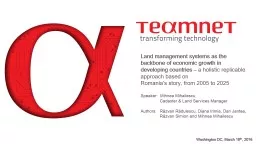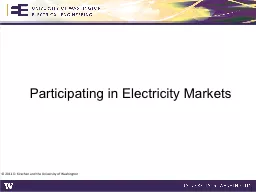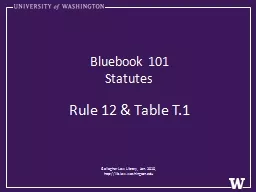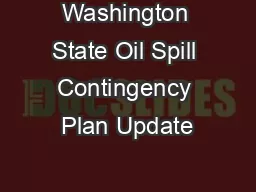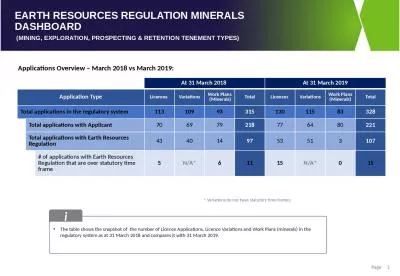PPT-Washington DC, March 18 th
Author : natalia-silvester | Published Date : 2018-12-18
2016 Land management systems as the backbone of economic growth in developing countries a holistic replicable approach based on Romanias story from 2005 to
Presentation Embed Code
Download Presentation
Download Presentation The PPT/PDF document "Washington DC, March 18 th" is the property of its rightful owner. Permission is granted to download and print the materials on this website for personal, non-commercial use only, and to display it on your personal computer provided you do not modify the materials and that you retain all copyright notices contained in the materials. By downloading content from our website, you accept the terms of this agreement.
Washington DC, March 18 th: Transcript
Download Rules Of Document
"Washington DC, March 18 th"The content belongs to its owner. You may download and print it for personal use, without modification, and keep all copyright notices. By downloading, you agree to these terms.
Related Documents

